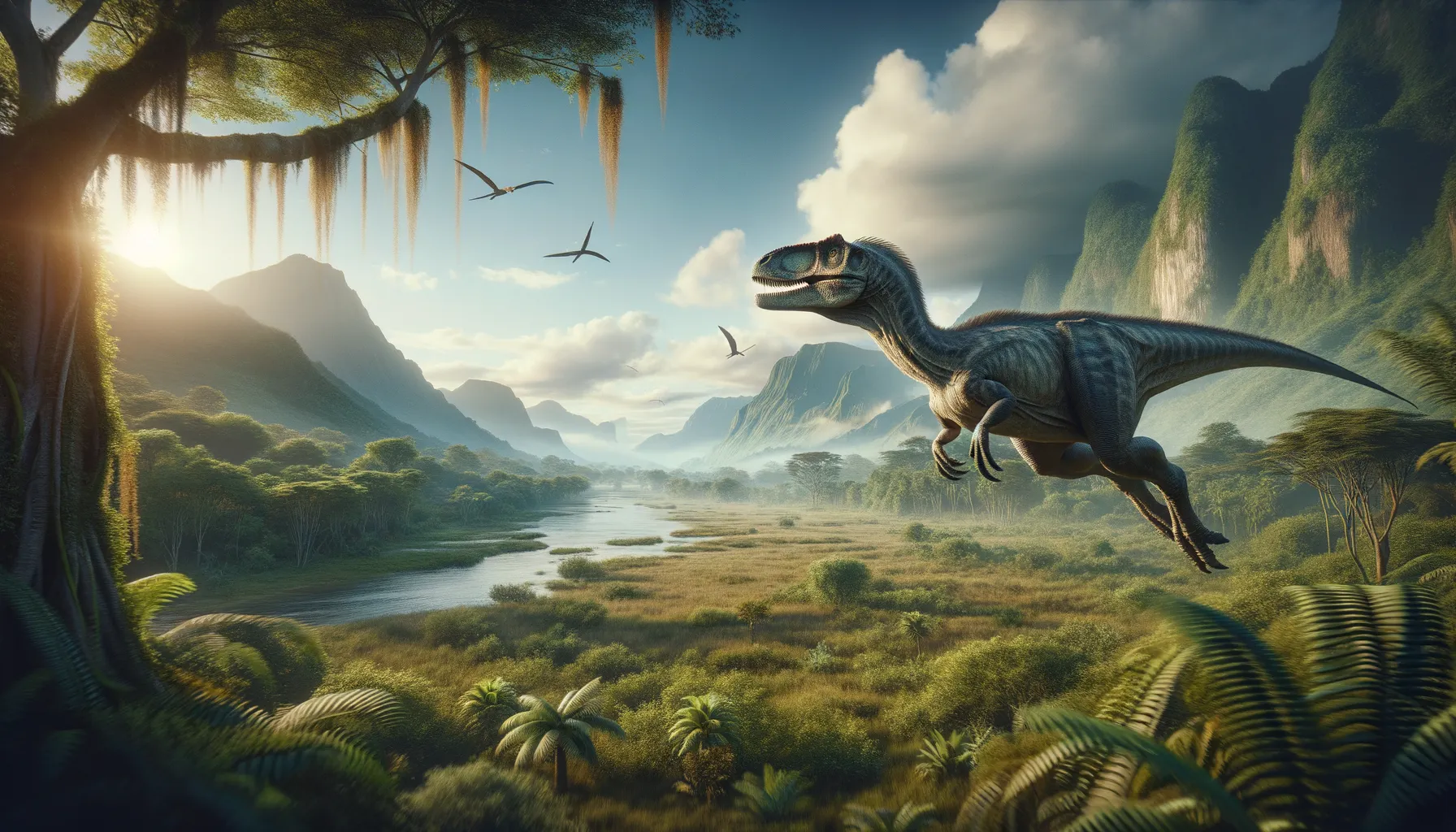
Parvicursor
Tiny speedster of the dinosaur world!
Period
Cretaceous
Length
Roughly 20 inches long.
Height
Approximately 10 inches tall.
Weight
About 1 to 2 pounds.
Parvicursor was a small and agile dinosaur known for its speed and light weight. Discovered in the late 20th century in Mongolia, this tiny creature lived during the Cretaceous period. It was part of a group of dinosaurs called alvarezsaurids, recognized for their bird-like features and specialized anatomy, which helped them to survive in diverse environments.
Diet
Parvicursor likely fed on insects, using its small size and quick movements to hunt. Its diet might have also included small vertebrates and other small creatures.
Hunting
Parvicursor may have used its speed and agility to catch prey in quick bursts. Its sharp claws likely helped it in capturing and holding onto small animals or insects.
Environmental challenges
Living in the Cretaceous, Parvicursor faced climate fluctuations and competition for resources with other species. It had to dodge larger predators and find safe places to live and reproduce. These environmental challenges shaped its development and survival strategies.
Speed
Extremely quick for its size.
Lifespan
Possibly around 10 to 20 years.
First discovery
Discovered in Mongolia in 1993.
Fun Facts
- Parvicursor is one of the smallest dinosaurs ever discovered, with adults measuring only about 39 centimeters (15 inches) long.
- Its name means 'small runner,' which is fitting due to its tiny size and likely agile nature.
- Parvicursor was a theropod dinosaur, closely related to birds, and it lived during the Late Cretaceous period, around 85 to 70 million years ago.
- It had long, slender legs, suggesting it was a fast runner, possibly helping it escape predators.
- This dinosaur's bones were hollow, much like modern birds, which made its body lighter and more efficient for running.
- Parvicursor was discovered in Mongolia, a region known for yielding many unique dinosaur species.
- Despite its small size, Parvicursor likely played an important role in its ecosystem, perhaps preying on insects or small vertebrates.
Growth and Development
Young Parvicursors likely grew quickly to reach a survivable size. Their small size might have limited competition with larger herbivores and predators. Fast growth would have been advantageous for quickly reaching maturity and reproducing.
Habitat
Parvicursor inhabited a diverse environment that might have included forests and open areas. It had to navigate through various terrains to find food and shelter. Such surroundings influenced its behavior and societal interactions.
Interaction with other species
Parvicursor possibly shared its habitat with a variety of small and large animals, leading to occasional competition for food. It may have had to use cunning strategies to coexist with larger predators. Interactions with other species were vital for its ecological role.
Natural lifespan
Parvicursor might have lived up to 20 years.
Reproduction
Parvicursor likely laid eggs like other dinosaurs, possibly in concealed nests. Its reproductive cycle would have been influenced by environmental conditions and food availability. Parental care was crucial for ensuring the young reached maturity.
Social behaviour
Parvicursor may have lived in small groups or pairs, possibly for feeding and protection. Social interactions would have been essential for survival and successful hunting. Communication among individuals could have been through vocalizations or body signals.
Fossil locations
Fossils of Parvicursor have been primarily found in Mongolia, highlighting its Asian origins. These discoveries have provided key insights into its existence during the Cretaceous period. Ongoing fossil finds continue to enrich our understanding of its life.
